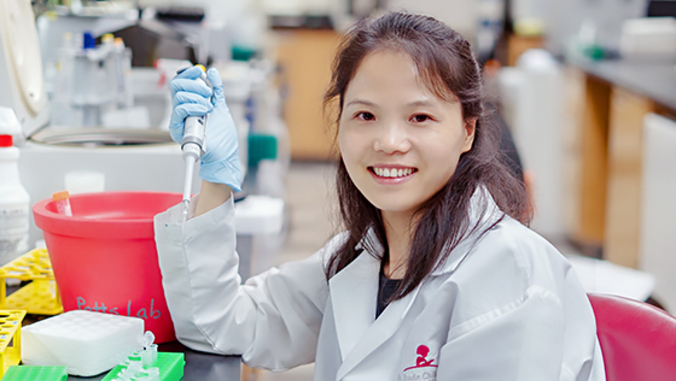
A recent study from St. Jude Children’s Research Hospital describes a new method for genome editing that could lead to safer, more targeted strategies for treating and potentially curing life-threatening diseases, such as some cancers and blood diseases—with less risk of unwanted mutations.
CHANGE-seq, or “circularization for high-throughput analysis of nuclease genome-wide effects by sequencing,” is a new method for identifying regions in the genome where a gene-editing process, such as CRISPR-Cas9, is more likely to misidentify the intended target site.
The research team included Yanghua He, who recently joined the University of Hawaiʻi at Mānoa’s College of Tropical Agriculture and Human Resources (CTAHR) Department of Human Nutrition, Food and Animal Sciences from St. Jude, and her colleagues.
- Read the full study in Nature, “CHANGE-seq reveals genetic and epigenetic effects on CRISPR-Cas9 genome-wide activity.”
This method can help researchers figure out whether sites are “on target”—the appropriate ones to be edited—or “off target”—such that editing them could lead to accidental mutations.
CHANGE-seq could also be used to modify characteristics in plant and animal species to possibly create an improved yield, greater nutritional value or increased tolerance to environmental stresses.
“I envision a benefit to agricultural development in Hawaiʻi through better methods for interpreting and predicting the unintended effects of gene editing,” said He. “I hope this will inspire confidence in the safety of the next generation of promising genome-editing applications.”

